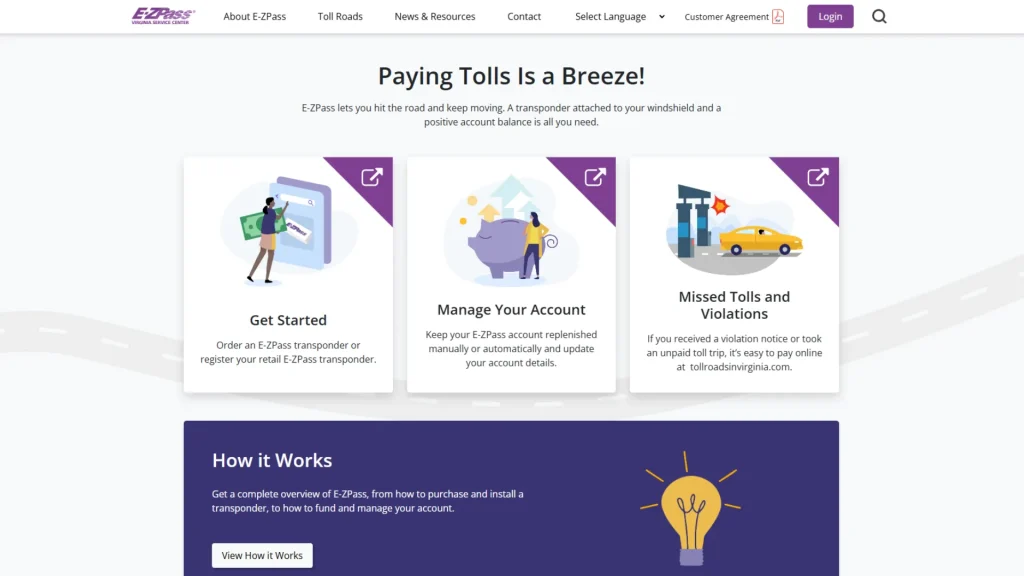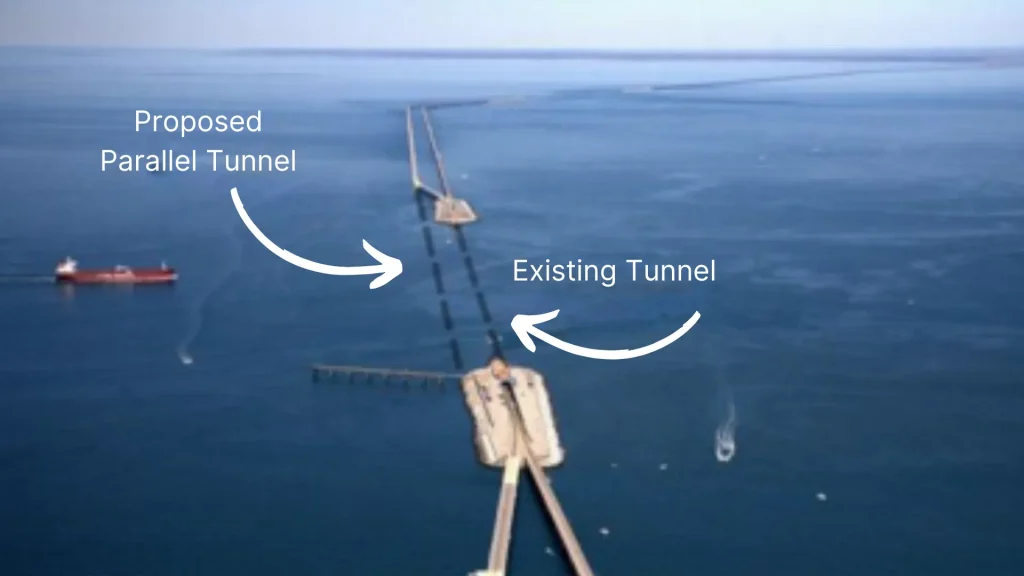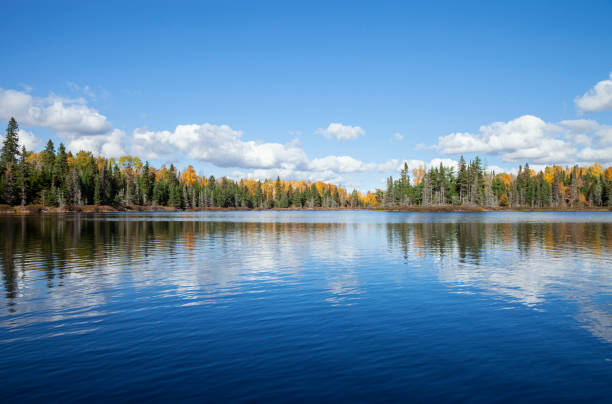



The Lake Pontchartrain Causeway is the longest continuous bridge over water in the world. The Manchac Swamp Bridge and Atchafalaya Basin Bridge are also two of the longest bridges in the world, both in Louisiana. So how long is the Chesapeake Bay Bridge? It’s the fourth-longest bridge in the U.S. and in the top 30 longest bridges in the world. Let’s learn more about this fascinating bridge-tunnel system along the Atlantic Ocean.
If you’ve traveled along the East Coast, you’re likely familiar with the engineering marvel of the Chesapeake Bay Bridge. Located in Virginia, the Chesapeake Bay Bridge connects the eastern shoreline at Cape Charles to the Virginia mainland at Virginia Beach. It’s part of Highway 13. On the west side is the Chesapeake Bay, and on the east side is the Atlantic Ocean.
Pro Tip: If you’re dreaming of venturing into the Lovers State, be sure to Plan the Perfect Trip to Hot Springs, Virginia first!
There are only 15 tunnel-bridge systems in the world. This one cost approximately $200 million. When it was completed in 1964, the American Society of Civil Engineers named it one of the seven engineering wonders of the modern world. The system features two 2-lane bridges that dip underneath the bay so that ships can safely pass through. Four manmade islands allow the roads to resurface during the journey and then enter the tunnels underwater.
The Chesapeake Bay Bridge is 17.6 miles long. The journey across takes about 25 minutes. There are no stop lights or stop signs, but there is an overlook on the north shore for anyone who wants to stop and take photos or stretch their legs. There are also emergency pull-offs.
The water depth varies along the Chesapeake Bay Bridge-Tunnel. At its deepest point, the tunnel is about 100 feet below sea level. The majority of the tunnel is 25-30 feet below sea level. The tunnels run about a mile under the bay.
To pay for this engineering marvel, there’s a toll to cross the Chesapeake Bay Bridge-Tunnel. All toll lanes are equipped to accept E-ZPass. Additional payment methods include cash, credit cards, Google Pay, Apple Pay, and Scrip. The UNI-pass is also accepted. Online payments aren’t permitted so you must pay at the toll booth at either the north or south end of the bridge.
The toll varies based on the type of vehicle and time of crossing. There are peak and non-peak seasons. Peak season is Friday-Sunday from May 15th to September 15th. The cheapest toll is $14 for a 2-axle, 4-tire vehicle for its initial crossing in the off-peak season.
For RVers towing a camper, the toll is $24 for the initial crossing and $16 for every crossing thereafter within 24 hours during peak season. However, E-ZPass owners receive a discount on all tolls. You can find more information about tolls on the Chesapeake Bay Bridge-Tunnel website.

There’s an overlook located on the southern tip of Virginia’s Eastern Shore, which is the north end of the bridge. Emergency pull-offs with call boxes are located along the bridge as well. But there are no parking lots or shoulders where you can pull over. We do want to mention that if you fear bridges or tunnels, there is a drive-across service provided as long as you give them 24-hour notice. There’s no additional cost except the toll.
RVs and semi-trucks regularly travel the Chesapeake Bay Bridge-Tunnel. On the other hand, the maximum clearance is 13 feet 6 inches. This may eliminate some taller fifth wheels and motorhomes. Also, all propane must be turned off before passing through the toll plaza.
RVers need to pay attention to the weather conditions, regardless. When wind speeds reach 40 miles per hour, campers, RVs, buses, and other high-profile vehicles aren’t permitted on the bridge. When wind speeds reach 60 miles per hour, the bridge is closed to any traffic.

The posted speed limit on the Chesapeake Bay Bridge is 55 miles per hour. Drivers are urged not to slow down at any point to hinder traffic flow. Usually, it takes about 20-25 minutes to pay the toll and cross the 17.6-mile tunnel-bridge system.
Engineers are constructing a new tunnel from the southernmost island under the Thimble Shoal Channel to the second island. This tunnel will transport two lanes of southbound traffic while the existing tunnel will transport two lanes of northbound traffic. The Parallel Thimble Shoal Tunnel Project should be completed in 2024 and will be the first transportation tunnel constructed in the region by a tunnel boring machine.

It’s remarkable to think about the ingenuity it took to plan and construct the Chesapeake Bay Bridge-Tunnel system. More than 100 million vehicles have traveled this historic and vital road system in Virginia. The state has also maintained and renovated this critical bridge-tunnel several times since its completion. If you’re planning a trip along the Virginia coastline, you’ll likely be traveling the Chesapeake Bay Bridge.
Have you ever made this 17.6-mile journey?

